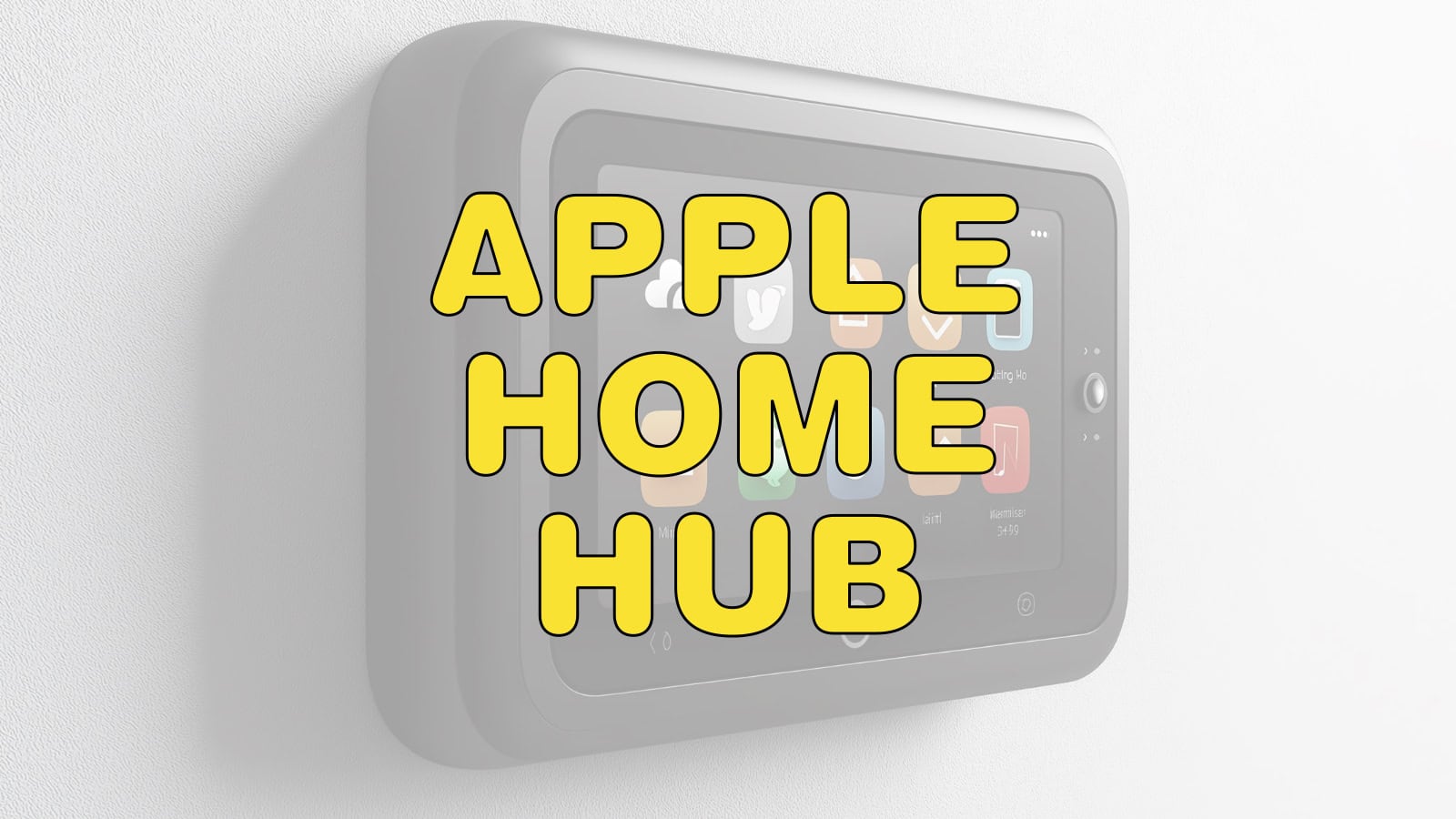Apple will build its upcoming smart home products in Vietnam to diversify its manufacturing away from China. This includes indoor security cameras, a smart display and a tabletop robot.
A $350 smart display will be the first to launch in spring 2026.
Vietnam factories will build Apple’s smart home devices
Post the COVID-19 pandemic, Apple has diversified its supply chain away from China. It moved iPhone production to India and now makes new models in the country at the same time as China. In Vietnam, Apple makes AirPods, MacBooks and other accessories.
That said, Cupertino company typically builds its new products in China before moving production to its facilities in other countries. But for its upcoming smart home products, the company will supposedly rely on its factories in Vietnam exclusively.
Surprisingly, Bloomberg reports that Apple will work with BYD for its smart home hub and tabletop robot. BYD is best known in China for its electric vehicles, but it has also quietly expanded its footprint in Apple’s hardware supply chain as well.
The Chinese company will handle the final assembly, testing and packaging of Apple’s smart home hub. With BYD’s help, Apple also plans to further expand MacBook production in Vietnam.
Apple’s smart home hub reportedly arrives in spring 2026

Image: Cult of Mac
Rumors from 2024 indicated Apple’s first smart display with Apple Intelligence would debut in 2025. But the delay in the launch of the new Siri also forced Apple to push back the home hub’s release.
The report details that Apple has two versions of the home hub. The one codenamed J490 features a display mounted on a speaker base. Think of it like a HomePod mini with a screen attached on top. The second model, codenamed J491, is meant to be hung on a wall.
Both models will supposedly feature a FaceTime camera for video calling. Even better, Apple’s software will reportedly be intelligent enough to detect who’s speaking and automatically adjust preferences and settings to match that user.
Apple purportedly aims to price the smart display at around $350 — $50 more than the 2nd gen. HomePod. However, the company’s internal teams are seemingly working on reducing manufacturing costs.
If not for this model, then for future versions to make the product more affordable over time.


